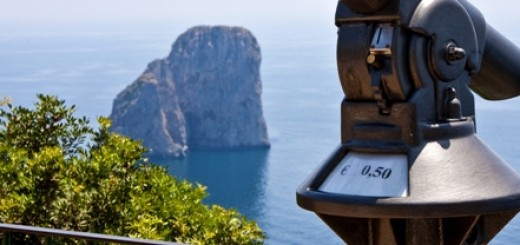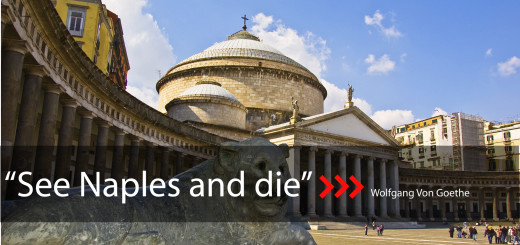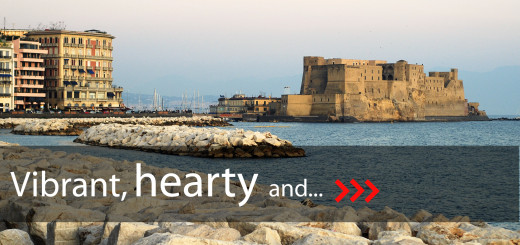Caserta
For many years, and especially under the Bourbon kings, Naples was one of the great capital cities of Europe. It reached its cultural zenith during the reign of Charles IV, who later became Charles III of Spain. Perhaps Charles’ greatest creation was the Royal Palace at Caserta. Wanting a home to rival his ancestors’ palaces at Versailles and Escorial, Charles hired Luigi Vanvitelli, southern Italy’s greatest architect, to design a complex of buildings and gardens that ended up being larger and more impressive than either of its predecessors. Located out of range of both Vesuvius and of marauding sea pirates, Caserta is a 45-minute train ride from Naples Central station. The palace was the last great building of the Italian baroque, and though you can’t visit each of its 1200 rooms, the ones you will see are as extravagant as they are exquisite. The majestic main staircase, whose 116 steps were all carved from one gigantic block of stone, is a perfect combination of rich marbles and dramatic perspectives. It leads to the splendiferous 25 rooms of the royal apartments. Be sure to visit the jewel-like theatre, modeled after San Carlo. The gardens are immense; stroll through the Bosco Vecchio (old wood), past the little castle built as a playhouse for the Bourbon princes, past the fish pond where mock sea battles were staged to amuse the members of the royal court, past the dolphin fountain and on to the fountain of Diana and Actaeon, a sculptural group as animated and enchanting as the one in Trevi Fountain. Rest a while here, for you still haven’t reached the loveliest section of the park, the English Gardens, embellished with a tiny lake and fake ancient ruins.



